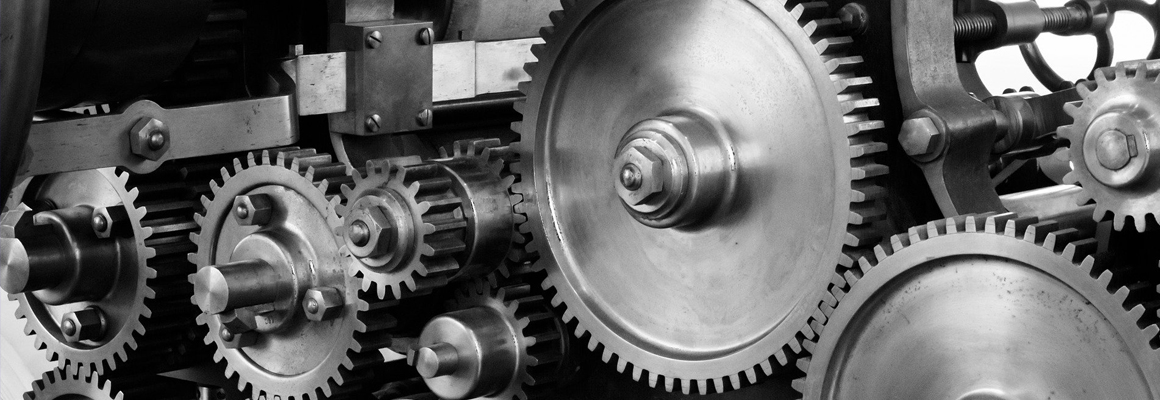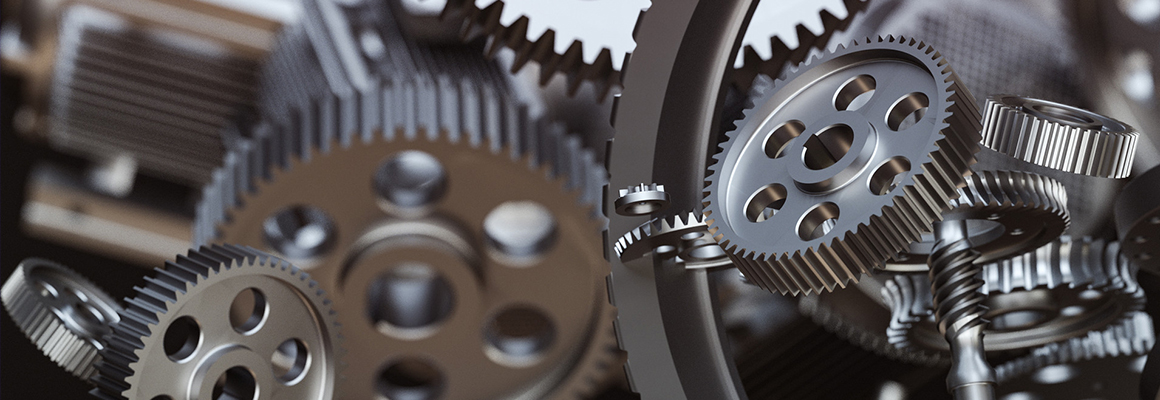Conveyor Case Chain vs. Traditional Belts: Which Is Better?
When it comes to material handling in manufacturing and packaging industries, choosing the right conveyor system is crucial for efficiency and productivity. In recent years, conveyor case chains have gained popularity as an alternative to traditional belts. But which is the better option for your operation? Let’s dive into the features, benefits, and drawbacks of both systems.
The company is the world’s best Conveyor Case Chain supplier. We are your one-stop shop for all needs. Our staff are highly-specialized and will help you find the product you need.
Understanding Conveyor Case Chains
What are Conveyor Case Chains?
Conveyor case chains are robust chains designed to transport products in a controlled manner along a designated path. These chains work by cradling the load in a nearly horizontal position, providing stability and support that is essential for transporting heavier or oddly shaped items.
The Mechanics of Traditional Belts
What are Traditional Conveyor Belts?
Traditional conveyor belts consist of a continuous loop of material that moves products from one point to another. They're commonly made from rubber or fabric, having been a staple in many industries for decades. Their versatility makes them a popular choice, capable of moving everything from lightweight packages to heavy containers.
Efficiency and Performance
Load Capacity
One of the most significant factors in choosing between conveyor case chains and traditional belts is their load capacity. Conveyor case chains can handle heavier loads and offer better support for bulky items, which reduces the risk of damage during transportation. In contrast, traditional belts can struggle under excessive weight, leading to sagging or even belt failure.
Speed and Control
When it comes to speed, traditional belts might have the edge, especially for lighter materials that require quick transport. However, conveyor case chains excel in applications that require precise positioning and indexing. The chain design allows for controlled movement, making them ideal for assembly lines where timing is critical.
Maintenance and Longevity
Wear and Tear
In terms of maintenance, conveyor case chains often outlast traditional belts due to their robust materials and design. Chains are less prone to stretching, and they can typically endure harsher conditions, making them a more durable choice for demanding environments. In contrast, belts may require more frequent replacements, especially when exposed to heavy usage or environmental stressors like heat or chemicals.
Cost Considerations
Initial Investment vs. Long-Term Savings
While the initial cost of conveyor case chains can be higher than that of traditional belts, it's essential to evaluate the long-term savings. The durability and lower maintenance needs of chains may offset their initial price, especially in high-volume applications. Conversely, if your operation requires flexibility and a lower upfront investment, traditional belts may still be your best option.
Application Suitability
Best Applications for Conveyor Case Chains
Conveyor case chains are particularly beneficial in industries such as packaging, food processing, and assembly lines where stability and support for irregular loads are crucial. Their design is also advantageous in environments with high hygiene standards, as they can be easier to clean and maintain.
When to Opt for Traditional Belts
Traditional conveyor belts are best suited for applications involving lighter loads and where flexibility and adaptability are essential. Industries that heavily utilize roller conveyors, packaging, or materials that do not require specific handling might find that belts serve their purposes more effectively.
Conclusion
So, which system is better? It really depends on your operational needs. If you deal with heavier products that require stable support, conveyor case chains might be the ideal solution for you. On the other hand, if speed and cost-effectiveness are your primary concerns and you're working with lighter loads, traditional belts could be the more practical choice.
Making the right decision involves evaluating your specific requirements, operational environment, and budget considerations. If you’re in doubt, consulting with a material handling expert can provide you with personalized insights to help you choose the best solution for your business needs.
For more Radius Lbp Chaininformation, please contact us. We will provide professional answers.
153
0
0
All Comments (0)
If you are interested in sending in a Guest Blogger Submission,welcome to write for us!




Comments